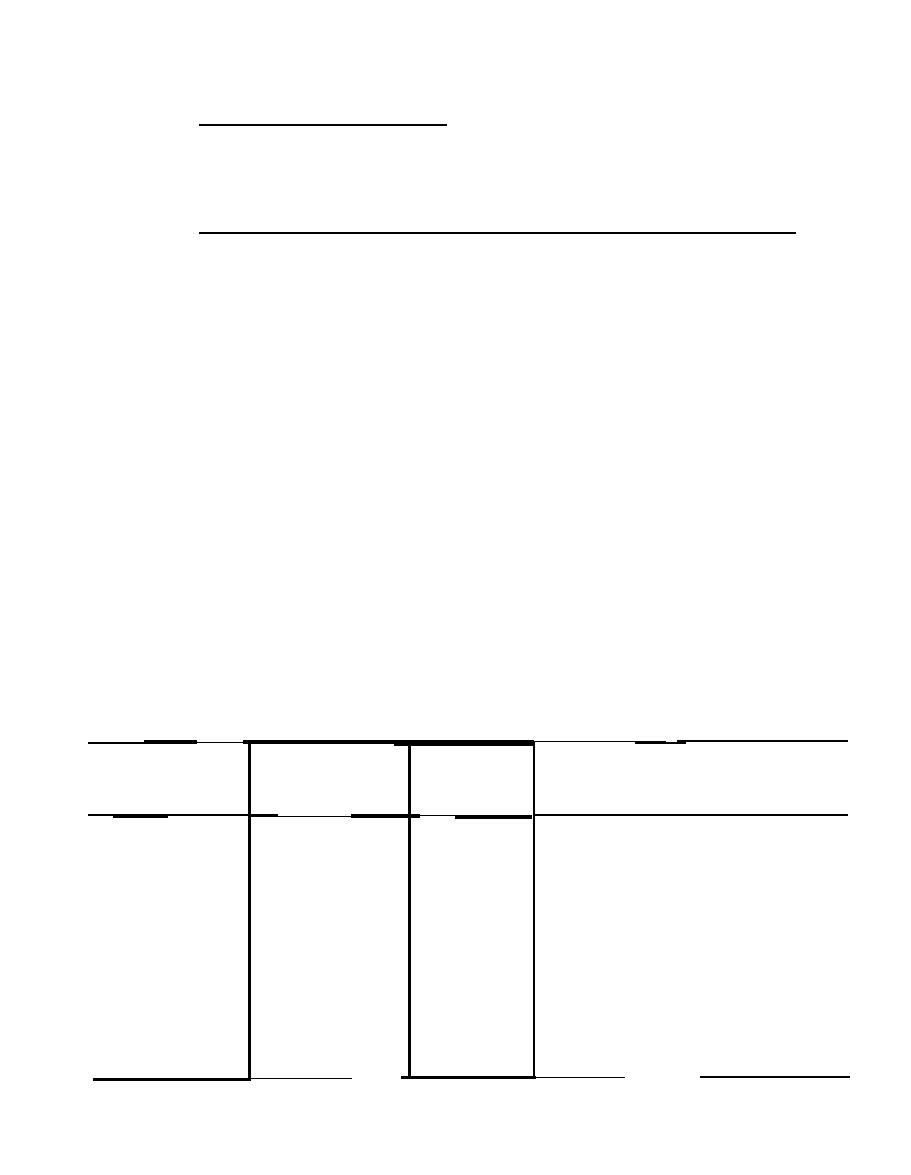 |
|||
|
|
|||
|
|
|||
| ||||||||||
|
|
 TM 11-5865-215-13
(1) Receiver control clocks. The clocks are derived from the
crystal-controlled oscillator consisting of Yl, U4, and associated
components on microprocessor CCA Al.. The resulting 1.67-MHz output
is applied to U5 on CCA A7. U5 divides the input by 4. U6 divides
the output from U5 to provide the clocks listed in table 5-9.
(2) Keyboard display and front panel lamp intensity control.
The front panel LAMP INTENSITY control knob (potentiometer R4) con-
trols the intensity of the front panel lamps. The regulator consists
of a voltage comparator, a regulator driver, and a chassis-mounted
series regulator.
The voltage comparator compares the control input with a reference
voltage and responds to this comparison by controlling the conduction
of the regulator driver. The regulator driver control the conduction
of the series regulator. The series regulator responds to high cur-
rent drive by providing more source voltage to the lamps (thus in-
creasing lamp intensity). Lower current drive results in lower con-
duction of the series regulator and deceased lamp intensity. Table
5-10 lists reference voltages, and the key components of the panel
and keyboard (display) lamp intensity regulator circuits.
The reference input voltage to voltage comparator U2 on CCA A7 is
derived from +-5.6 V Zener regulator VR1. When the instrument panel
intensity potentiometer is rotated so that the wiper arm is moved to-
ward ground, a more negative voltage is applied to the voltage compar-
ator control input. U2 responds by increasing the forward bias to
regulator driver Q2. The driver then increases conduction of series
regulator Q1, providing more of the +28 V to the panel lamps. The
more negative instrument panel intensity control also causes the out-
put of voltage comparator A7U3 to go more positive, thereby increasing
Receiver Control Clocks
Input
Output
Output
Function
pin
division
CCA Al microprocessor clock
9
1.67 MHz
None
64
CCA A3 conversion clock
26.kHz
7
CCA A5 write timer clock
1.3 kMz
5
128
4
CCA A5 output cycle clock
6.5 kHz
256
CCA A3 sweep/step rate clock
6
512
3.25 kHz
NA
14
1.625 kHz
1024
NA
13
.812 kHZ
2048
5-37
|
|
Privacy Statement - Press Release - Copyright Information. - Contact Us |